Did you know Garden Soil can give you Better Sage?
Are you interested in learning more about the Best Types of Soil for Your Sage, what organic matter should be in your soil, and the nutrients your sage need?
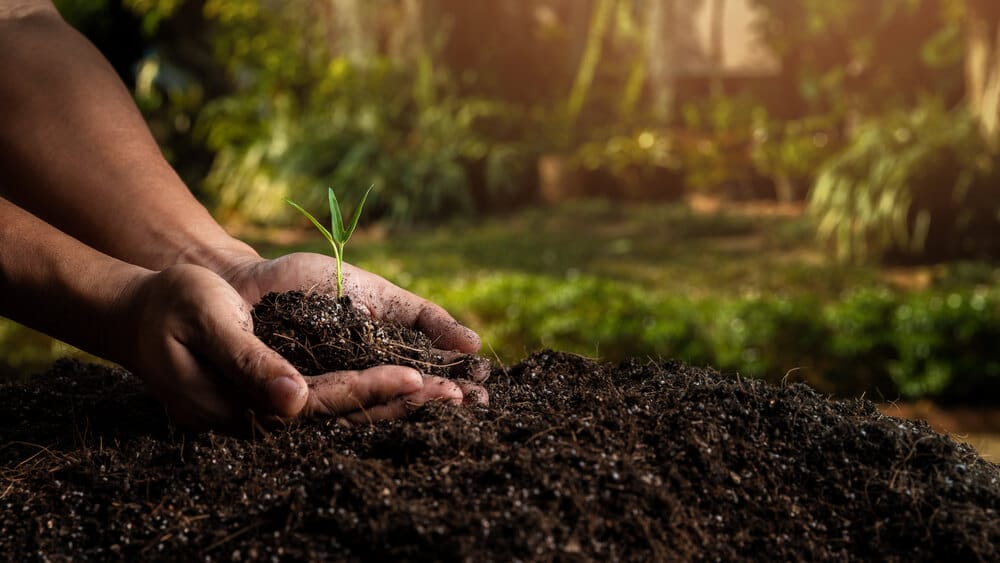
After hours and hours of research, I have created the article, 10 BEST Soil for Better Sage!
The list below is sorted by the most expensive to least expensive soil for sage.
And scroll down to the bottom of this article to find answers to the 6 Most Frequently Asked Questions about Sage Soil!
10 BEST Soil for Sage
1. Pro-Mix Premium Organic Soil
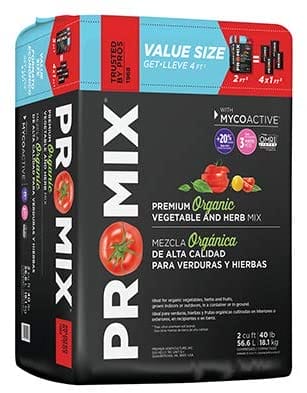
- pH Level: 5.5 – 7.5
- Benefits: Natural Ingredients, gradually fertilizes, best-in-class
Pro-Mix Premium Organic Soil is perfect for anyone who wants to add or replenish organic soil for their sage.
This soil contains essential nutrients to boost sage plant growth, help minimize the impact of disease and fungus, and help improve the number of sage that grow on your plant.
Not only that, but it contains sphagnum moss, perlite, peat moss, and organic fertilizer that will gradually feed your sage plants over a three-month period.
Best of all is that this soil is perfect for all other types of vegetables, herbs, and even flowers!
2. Fox Farm Happy Frog Organic Soil
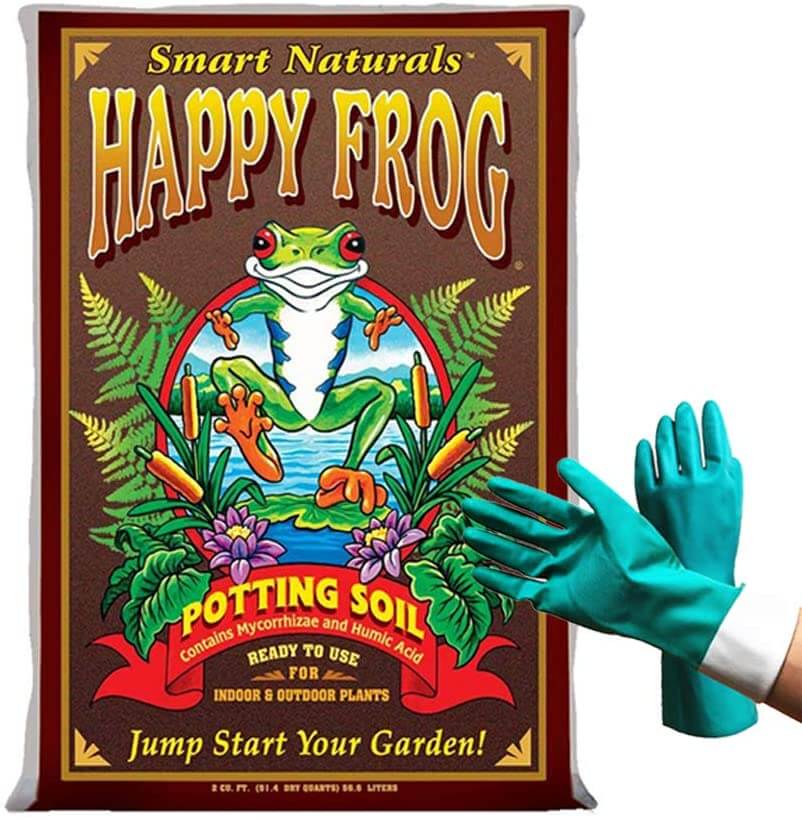
- pH level: 5.5-7.5
- Benefits: Perfect for indoor and outdoor gardens, nutrient-rich, and pH adjusted for ALL Plants.
If you want the best soil for your indoor, outdoor, and container sage then look no further than Fox Farm Happy Frog Organic Soil.
This soil is pH adjusted to allow the most effective nutrient uptake, meaning you’ll have more and tastier sage.
Best of all is that this soil is can be used right out of its bag or to replenish your existing soil.
And as an added bonus you’ll even get a free pair of gardening gloves with this product.
3. Espoma Organic Garden Soil
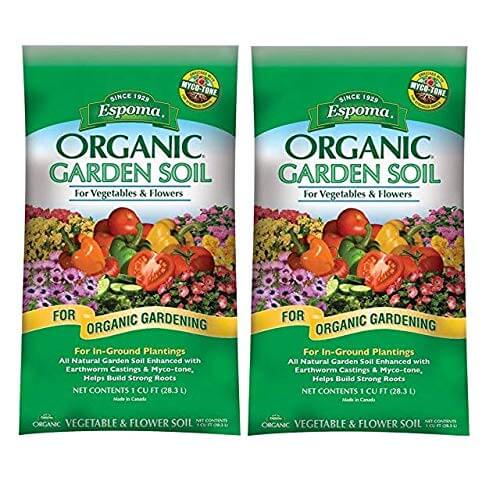
- pH level: 5.5-7.5
- Benefits: No GMOs, 100% organic, and reasonably priced.
Espoma Brand is a leader in garden fertilizer, soil, and so much more. What this means to you is that this is a trusted brand that will provide results every year you use it.
While this package of soil is smaller than most competitors it makes up with its high-quality ingredients! Some of the best sage plants that you’ll have will be grown in this soil.
If you are a beginner gardener you’ll love this soil because it provides the optimum level of basic nutrients for your sage and feeds for several months.
4. Compressed Organic Garden Soil
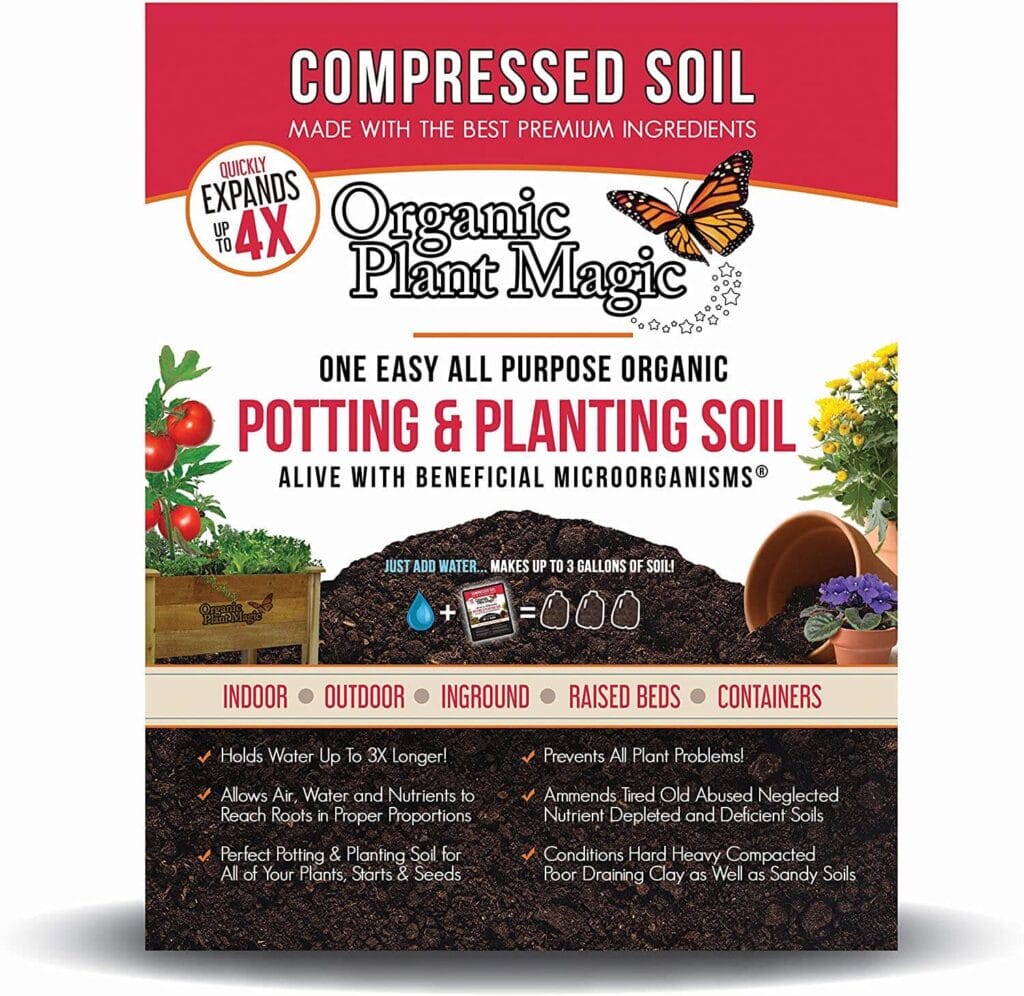
- pH Level: 5.5-7.5
- Benefits: A little does a lot, fast-acting, and organic
Compressed Organic Garden Soil is another great option for gardeners who want soil and fertilizer for their sage.
What you’ll love about this soil is that not only is it organic, but it is non-toxic and made of coconut coir, worm castings, amino acids, and beneficial bacteria to give your sage the boost it needs.
What makes this soil unique is that it is compressed soil granules that quickly expand four times its size and makes up to 3 gallons of full soil per package.
And best of all is that it stays wetter up to three times longer than its competitors, meaning less watering and work!
5. Fox Farm Ocean Organic Soil Mix
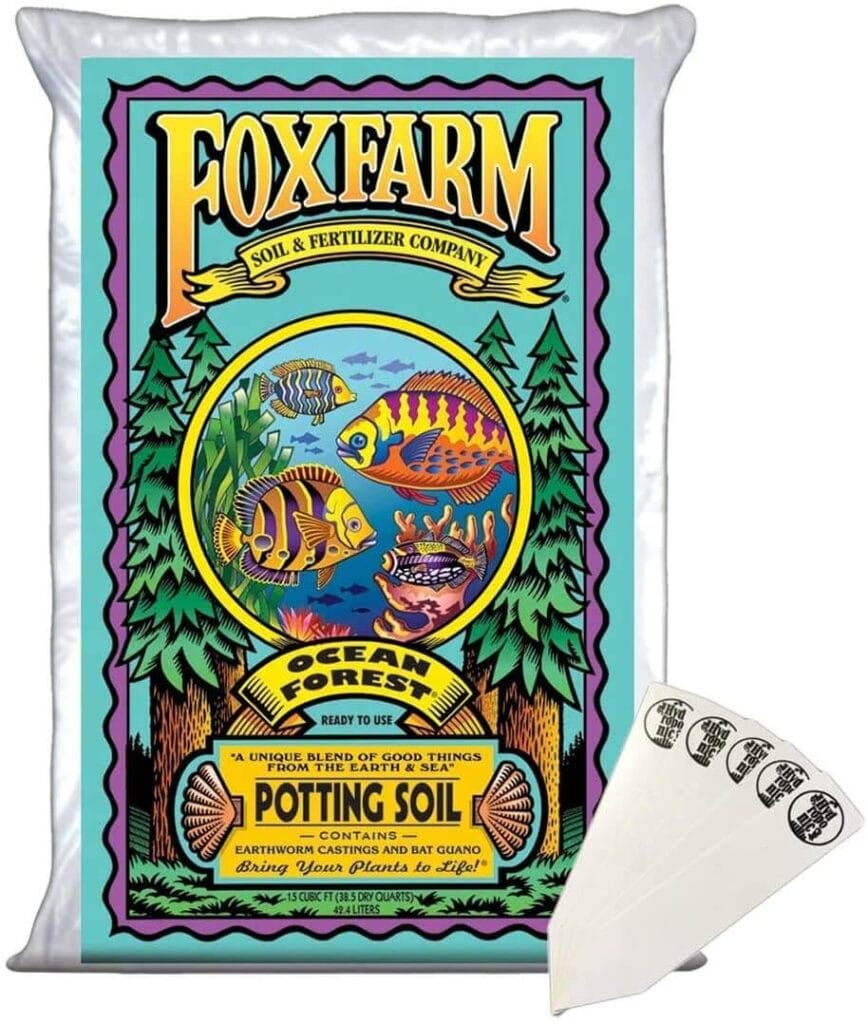
- pH level: 5.5 – 7.5
- Benefits: Ready to use, pH adjusted, and organic
Fox Farm Ocean Organic Soil Mix is well-aerated and specifically formulated for seedlings, cuttings, and even to grow sage and vegetable plants.
Not only that, but the micro-nutrients in this organic soil make it perfect for both indoor and outdoor gardening no matter where you live.
Finally, this soil was specifically mixed to adjust the pH level of your soil from slightly acidic or alkaline to more neutral to help promote better and healthier sage growth.
6. Sun Gro Organic Soil
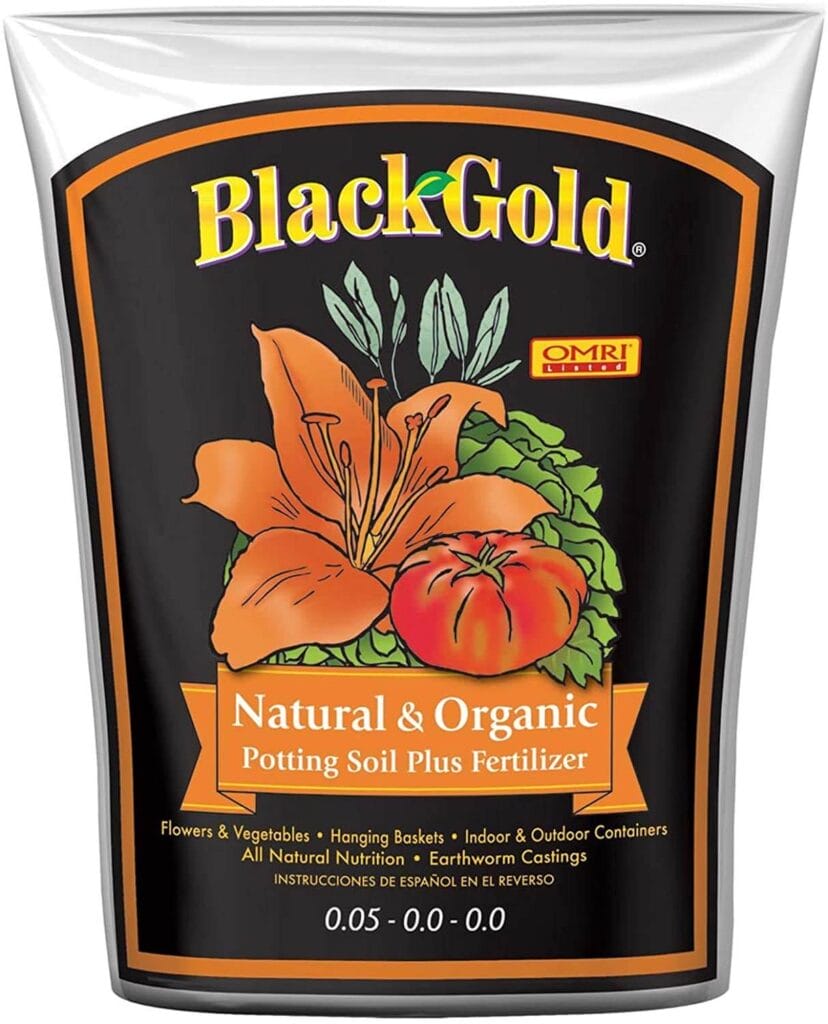
- pH Level: 5.5 – 7.5
- Benefits: In-ground & potting soil, fertilizer, available in small and large packages
If you have not heard of Sun Gro soil then you are missing out. This soil comes in small and large packages making it perfect for any plant a gardener may grow, including sage.
The organic, loamy soil mix makes it perfect for sage and all plant gardening. It contains a mixture of perlite and pumice to ensure optimal aeration.
Not only this, but you’ll have more, healthier, and better sage with the earthworm castings, peat moss, and nutrients that are in the soil.
7. Miracle-Gro Garden Soil
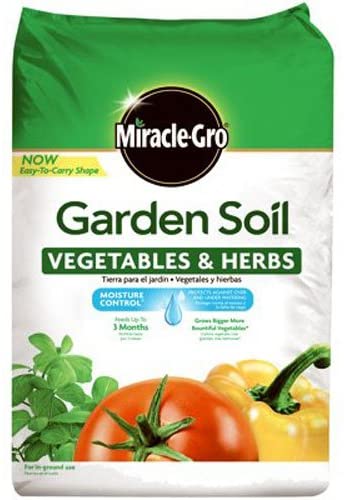
- pH Level: 5.5-7.5
- Benefits: Well-Known Brand, Inexpensive, soil & fertlizer mix
Miracle-Gro has a long history of having proven results. This is especially true with its soil. Expect bigger and more bountiful vegetables and a larger harvest throughout the year.
Not only that, but unlike its competitors, this soil provides moisture control. This means you will not be able to overwater it.
Best of all, this in-ground soil will also feed your sage plant for up to three months!
8. Perfect Soil Organic Soil
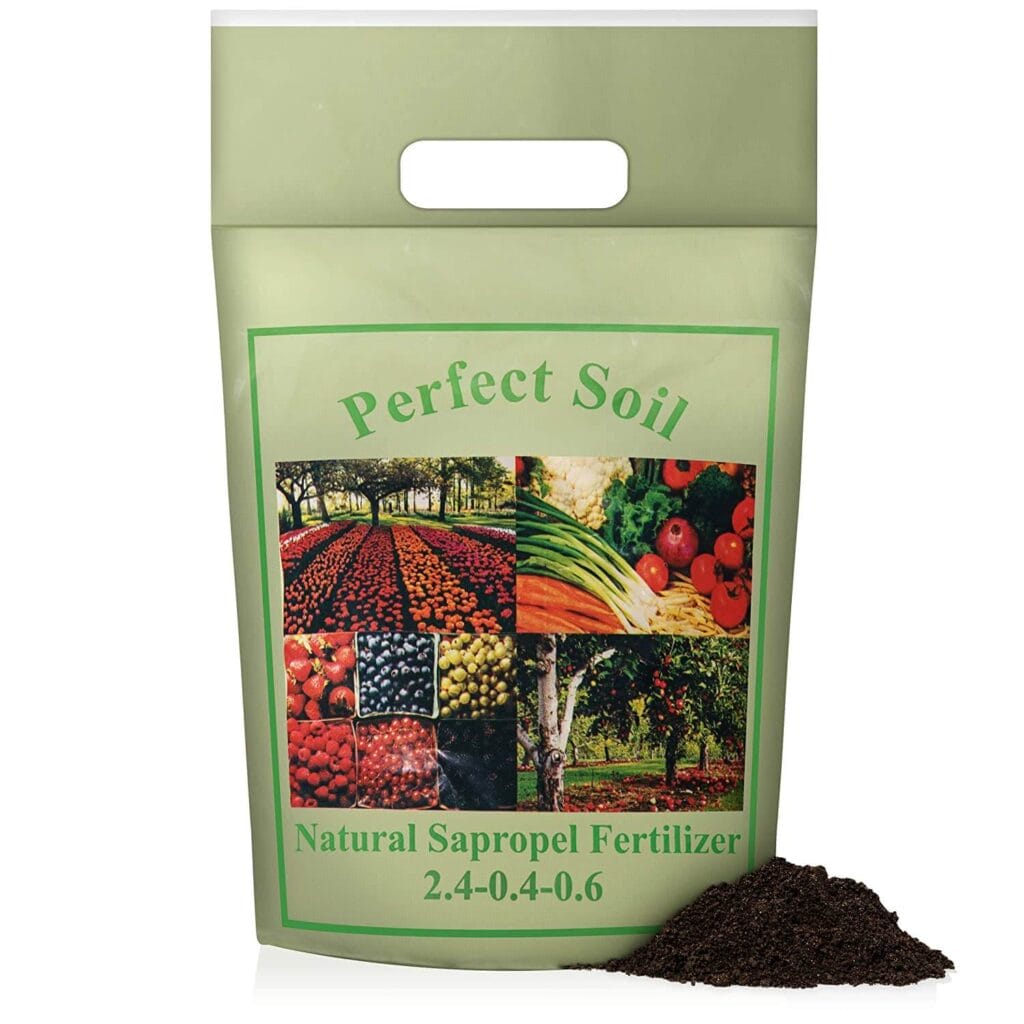
- pH Level: 5.5 – 7.5
- Benefits: Instantly feeds, can be used in any watering can, safe for all plants
If you are looking for reasonably priced organic soil that will help you grow healthy plants then look no further than Perfect Soil.
What you’ll love about this soil is that it will also protect your plant. It is filled with nutrients and minerals that produce strong plants that will prevent root rot and fungus disease.
And unlike some other soil that is toxic-free and odor-free meaning you don’t have to worry about it around children, animals, and even fellow gardeners.
9. Miracle-Gro All Purpose Soil
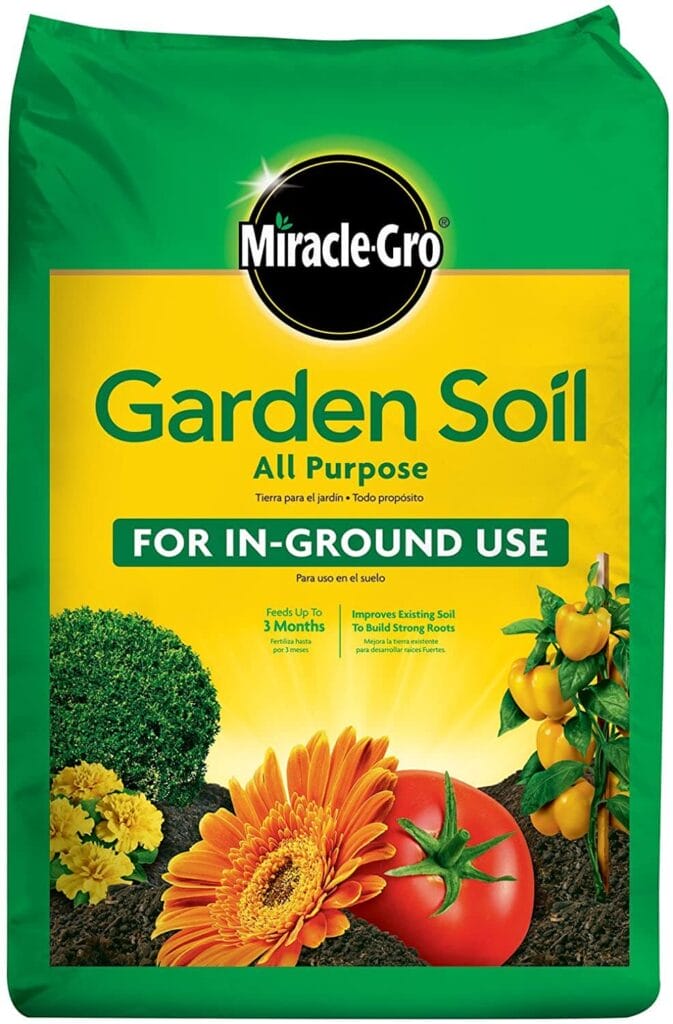
- pH Level: 5.5 – 7.5
- Benefits: Inexpensive, soil and fertilizer, well-known brand
Miracle-Gro Gardening All-Purpose Soil is the BEST ground soil for its price.
Not only will it feed your plants for up to 3 months, but it’s the perfect way to replenish soil to help improve sage, annual plants, and even perennials.
Not only that, but this soil was specifically blended for healthier, more, and tastier sage.
10. Miracle-Gro Expand n Gro Soil
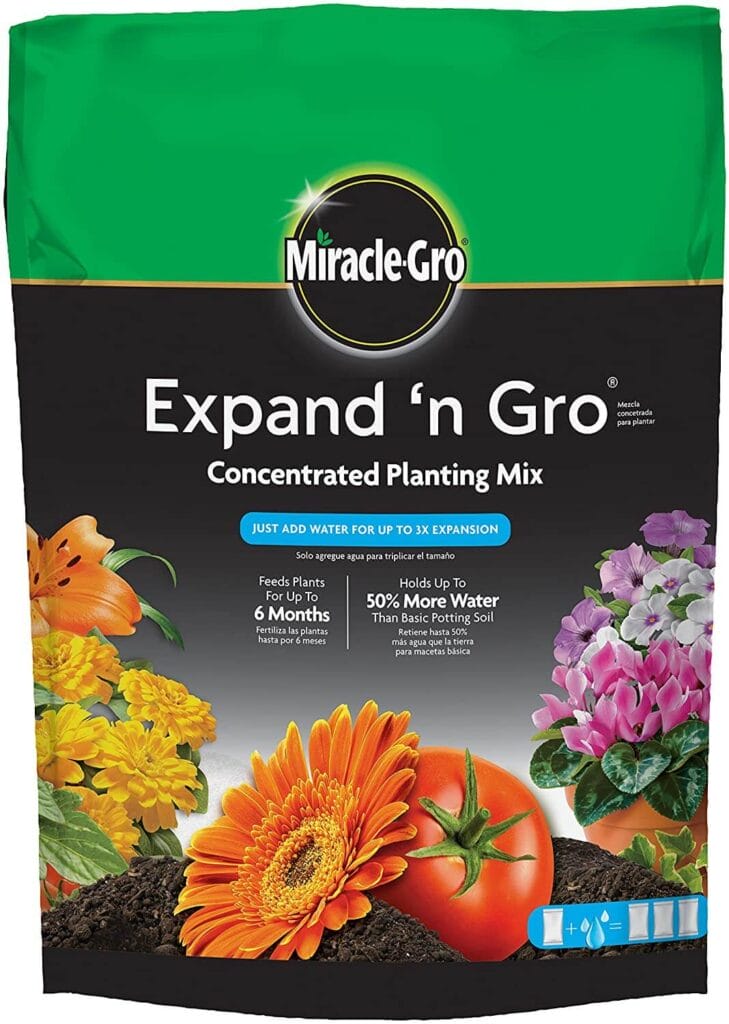
- pH level: 5.5 – 7.5
- Benefits: Inexpensive, lightweight, grows bigger and better plants
Miracle Grow Expand N Gro Soil is the perfect substitute for any gardener who has a gardening need for both soil and potting mix. It can be used in the ground and in containers!
By using this soil you can expect your sage plants to grow three times bigger within 6 months of use.
Best of all is that you do not need much soil. This lightweight package can expand up to three 50 percent its package size when water is added to it!
Frequently Asked Questions
1. What is pH Level?
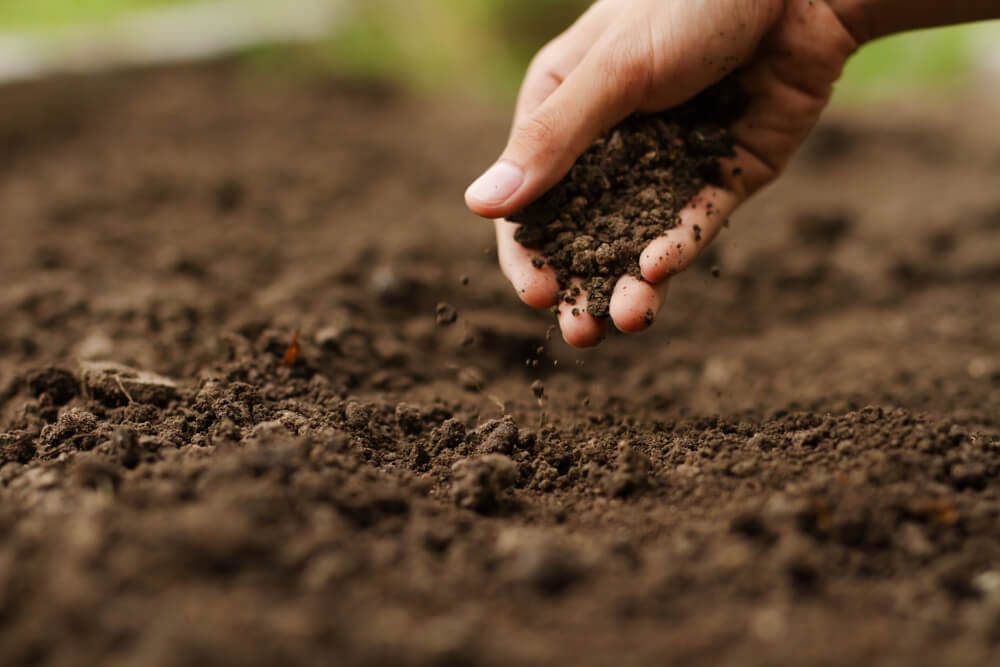
pH is a unit of measurement for the alkaline or acidity of the soil.
Soil can be classified according to its pH level:
- 6.5 to 7.5 is neutral
- Over 7.5 is alkaline
- Under 6.5 is acidic
For almost all types of sage to thrive they require soil that has a pH level between 5.5 and 7.5.
2. How Do I Choose Soil for Sage?
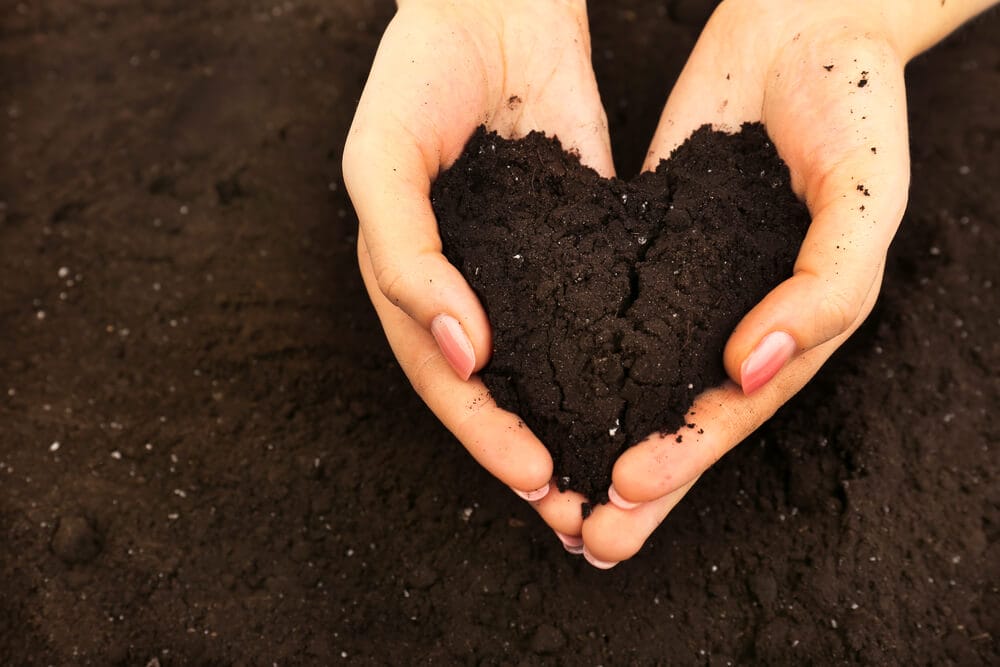
You should focus on the following when choosing soil for sage:
- pH level – Look for garden soil that has a pH level between 5.5 – 7.5. In addition, adjusted pH level soil is also beneficial to growing sage plants.
- Soil/Fertilizer Combination – Soil is good. But having a soil/fertilizer mix is even better. Look for soil that also feeds your plants.
- Organic – Look for soil that is organic, non-toxic, and contains nutrients to help boost healthy plants and more sage.
3. How Do I Use Garden Soil?
If you want to use garden soil then read the below tips:
- First, use a pH tester to ensure your soil is between 5.5 – 7.5
- Apply soil across your existing ground, raised garden bed, or even in a container
- Use a tiller to mix the new garden soil with your existing soil
Related: 10 Best Garden Tillers
Watch the below video on how to use soil:
4. What Should I Consider When Buying Garden Soil?
Below, are 4 Tips I recommend before purchasing Garden Soil
Tip 1 – Get your soil tested!
Before you purchase the BEST Garden Soil you must first understand what nutrients your sage currently lacks.
For this, you will want to conduct two tests.
You will first need to conduct a soil test. For this, I recommend purchasing a home soil test.

Next, I recommend continuously testing your soil. For this, I recommend a pH Meter.

Tip 2 – Use soil that has the right nutrients!
When analyzing your soil test there are numerous nutrients your plants may need.
Below, is a list of the nutrients plants need for strong growth.
- Carbon – This is found in the air and is essential for plant growth
- Hydrogen – This is found in water and again is needed for plants to grow strong
- Oxygen – This is found in water and air. This is a key component that all other nutrients will use to help plants grow.
- Nitrogen – This is the most lacking nutrient in garden soil. This is the one nutrient that can help plants grow the fastest
- Phosphorous– This nutrient helps stimulate root growth
- Potassium – This nutrient helps plants become more disease and drought-resistant
- Magnesium – This helps plants better process sunlight
- Sulfur – This nutrient provides plants with protein. This is the building block of life
- Other nutrients that are needed for plant growth are boron, copper, iron, zinc, chlorine, and manganese.
- Related Article: Ultimate Composting Guide: What to Compost
Tip 3 – Decide on Plain Soil or Soil/Fertilizer Mix
My next tip for deciding on the Best Soil for Sage is:
Buy either plain soil or a soil/fertilizer mix.
Plain soil will simply provide nutrients to your plant and is completely organic. You will most likely need to add fertilizer or replenish it after several years.
A soil/fertilizer mix will provide both the nutrients your sage plants need and also will feed it over a 3 to 6 month period. Typically, this soil will need to be replenished more often though.
Tip 4 – Learn the best time to replenish soil!
While a soil test is a great way to determine what nutrients are lacking, there are other things to beware of.
- You can tell if there is a nutrient deficiency if your plants have yellow or small leaves.
- In addition, there is a deficiency if there is poor flowering
- Finally, there is a deficiency if the plant is small.
- You can tell if there is too many nutrients if you have all yellow leaves. In addition, there is too much nutrients if there are poor quality flowers
5. When Should I Replenish Garden Soil?
When you should replenish garden soil for your sage depends on the soil.
- Always read the instructions for best use!
- Apply a soil/fertilizer combination in May, June, or even July to promote the best growth
- Apply a full-soil mix right before you plant your sage in a garden, raised garden bed, or gardening container.
6. What Garden Soil Alternative Can I use for my Sage?
If you do not want to use garden soil for your sage then you can use the below alternatives. These alternatives will not only help your plant but the soil around it:
- Alfalfa Meal (perfect alternative to chemicals)
- Kelp Meal (perfect for sage in containers)
- Mulch
- Organic Compost (from your garden waste)
Conclusion
As a reminder
- Replenish your Garden in either early summer or right before you plant your sage. Make sure you read the instructions and apply them as needed.
- Tilling new soil into existing soil is the most effective way to replenish nutrients throughout the year.
- Organic Soil is a great way to provide nutrients to improve soil quality and plant quality.
- I recommend getting your soil tested, deciding to use full garden soil or a soil/fertilizer mix.
- Any of the above 10 garden soil are great options. All are reasonably priced, easy to use, and can dramatically improve your sage plant growth and blooms.
- If you would like to use alternatives to garden soil then purchase Kelp Meal, Alfalfa Meal, Compost, or Mulch.
What’s Next?
If you like this article then I highly recommend reading: